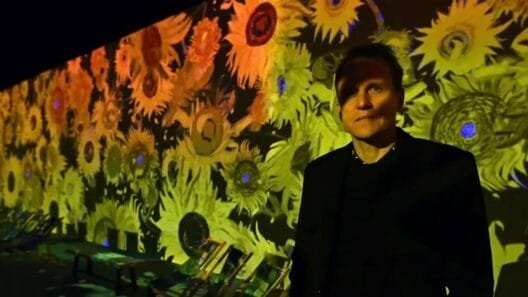
My boyfriend and I stood close together in the center of the bustling, cavernous gallery, staring down into a small wire pen of about 2 meters by 1 meter; he with a completely blank expression and me with an awkward wince. I had seen it before in my university text books and academic journals. I had seen it crop up from time to time in magazines left in cafe’s and on posters in libraries. So that excitement of seeing something materialized in front of you that was once only black and white and 2D, came, but then went just as quickly. For this was no great monument or castle; this was Carl Andre’s Equivalent VIII, 1966.
As students, we dared not giggle at its image when our professors projected it against the wall of our lecture theater, because as young 20-something students we were eager to show just how serious we could take the concept of the work and even more eager to prove that we had the ability to see meaning where others might not have. We sat there and nodded along complacently to the reams and reams of theory that accompanied it.
But that was a few years ago now…
That was before I had graduated, before I had traveled, before I had worked and before I had really been able to live and grow outside the confines of education. Now, Equivalent VIII just looks like a pile of bricks. I graduated with a bachelor of art history back in 2011 and still to this day, am fascinated and passionate about the art world. But when are we going to own up to the fact, that some art really is just fucking-garbage. Working within the art world has afforded me a slight over exposure to not only the great spectrum of extraordinary-to-fucking-garbage art, but also the extraordinary to mind-blowingly ridiculous prices that people pay for it.
Joseph Beuys’ works were always a good laugh to deal with. My colleagues and I within the exhibitions team at (insert name of work place here) would spend the days before the setup of one of these contemporary auctions standing next to a small army of specialists, mulling over the way a loose light bulb stabbed into a lemon (Capri Battery, 1985) would need to sit on a plinth, or precisely how two dirty brooms (Silver Broom and Broom Without Bristles, 1985) needed to be lent against a wall. I’ve got a relative encyclopedia of stories that would make you simultaneously wet yourself with laughter and scratch your head with confusion of people throwing out cardboard boxes that were actual artworks themselves, sweeping up rubbish that was supposedly worth tens of thousands of pounds or putting on display discarded desks thinking they were art, when they were actually just discarded desks; and that is only after working in the industry for 5 years.
The art of the Post War world was supposedly characterized by its ability to have undermined the elitism and institutionalsim of the art of the 19th and early 20th Century. The great academic schools of the cultural centers of Europe were replaced by the grimy, bohemian villages of New York City. Whereas 60 years prior, London or Paris were the only two places to ever be considered relevant for an artist to succeed or be taken seriously by ‘the establishment,’ suddenly Warhol and Rauschenberg were holding art shows in warehouses in Chelsea and Brooklyn. It was accessible and digestible to all.
Warhol actually is an interesting example. His art has managed to remain both relevant within the academia of the art world but also incredibly popular outside of it. It’s good art. It has at once both academic merit in the form of serious social commentary on media and celebrity, and also basic aesthetic appeal. You can study Warhol intensely and walk into a room full of his works and feel completely fulfilled by what’s on show or, walk in knowing nothing and still come out with some degree of appreciation. Carl Andre? Not so much. And that’s why it’s garbage.
A post-modern pile of bricks in this sense has become more elitist because it asks so much more of the viewer. You only have the ability to appreciate this piece if you have studied not only Andre’s work in itself, but really a good chunk of the Art History cannon to contextualize it, because other than that, what is interesting about a pile of bricks? Standing in that large, beautiful new gallery at the Tate Modern that day, I heard more giggles and sneers than I did insightful conversations. And how can we blame them? It looked stupid. It was not enlightening, it was not thought provoking and yes, you or your 12 year old daughter could have probably done it.
Sadly our contemporary art museums have become a highly contradictory concept of being free and public but at the same time something only a fraction of society really understand. We welcome every person who has the means to visit, into the space to admire the glory of the art but then privately shame them when they can’t comprehend it. So when are we as students, employees and patrons of the art world going to scrape back all the theory and bull shit about some of these artists who are so highly regarded by only the most elite academics and social circles and just admit that some of it is actually just really, really bad? When will talent supersede concept once again?






